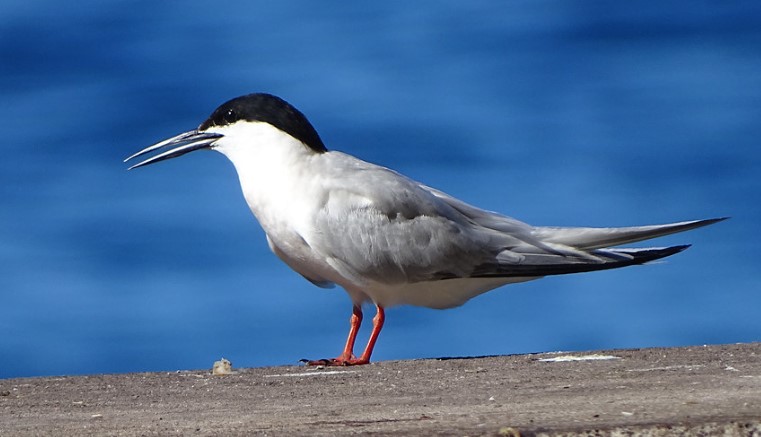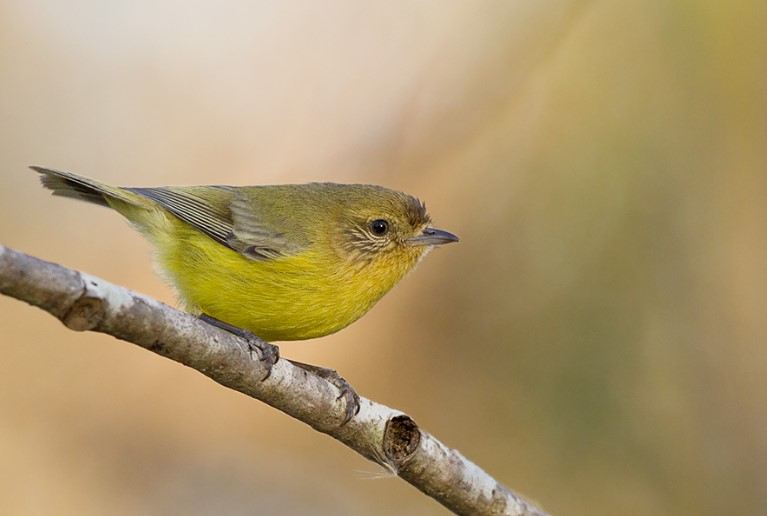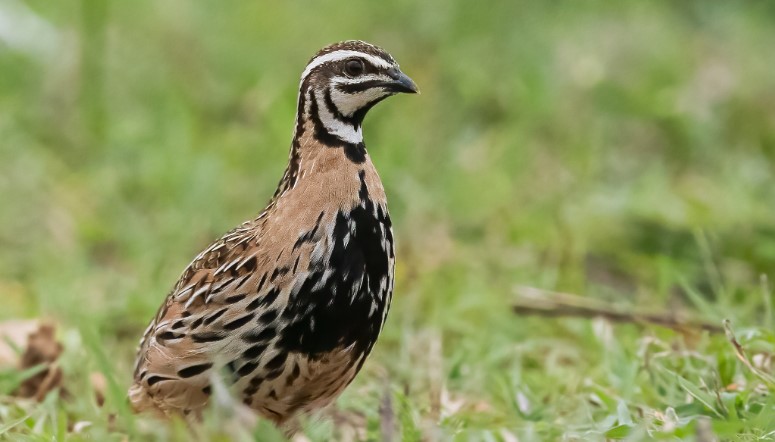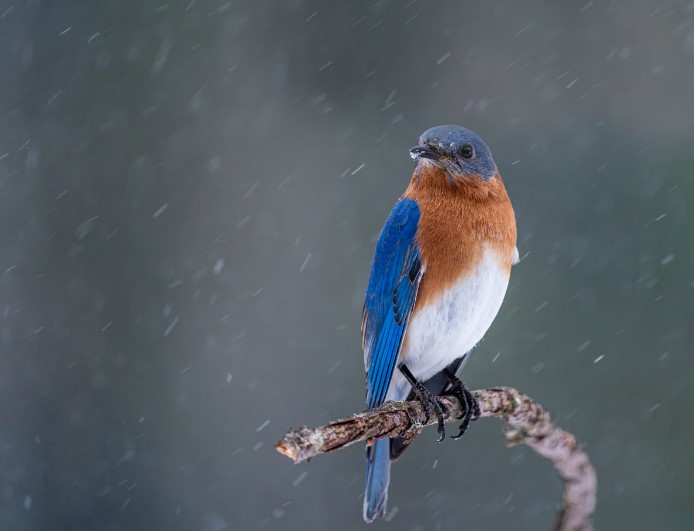Behavior and Habitats: In the underparts of the Roseate Tern (Sterna dougallii), there is a faint but evanescent rosy coloration that gives the species its name. An uncommon tern found in tropical and subtropical seas, it is found in patches all over the world, both in Australia as well as elsewhere. In its breeding plumage, the bird has a pink breast that is referred to as “roseate”.
At any time of the year, small fishing parties of petrels may be seen off the northern coast of Australia’s coast, but they tend to nest only on the islands of the northeastern coast of Queensland and the mid-western coast of Western Australia. Spring and summer are the breeding seasons of northeastern colonies, and the breeding seasons in the west occur in the autumn, or alternatively in the spring. It is during the winter months that the southernmost groups disperse northwards, bringing a lull.
There are tens of thousands of Roseate Terns that come together to feed, roost, and nest. When they are fishing in the open sea or near the reefs and islands where they breed, they wheel and beat with grace, dipping their wings very shallowly, heads lowered, and every now and then plummeting almost vertically onto small prey-fish-from four-eight meters up into the water. The ‘dread’ flight is a common phenomenon in aerial displays.
A flock of brooding birds suddenly flashes from their nests as one, hovering and swinging over the water before returning to their nests. As in the Common Tern’s courtship, the birds lower their shoulders, elevate their tails, and stretch up their necks during ground courtship. They use their hands to preen one another after standing on each other’s backs during copulation. Birds push their mates off the nest or offer fish to each other when relieving themselves on the nest. Their defenses include head-bobbing, stretching their necks and neck feathers, and rattling.
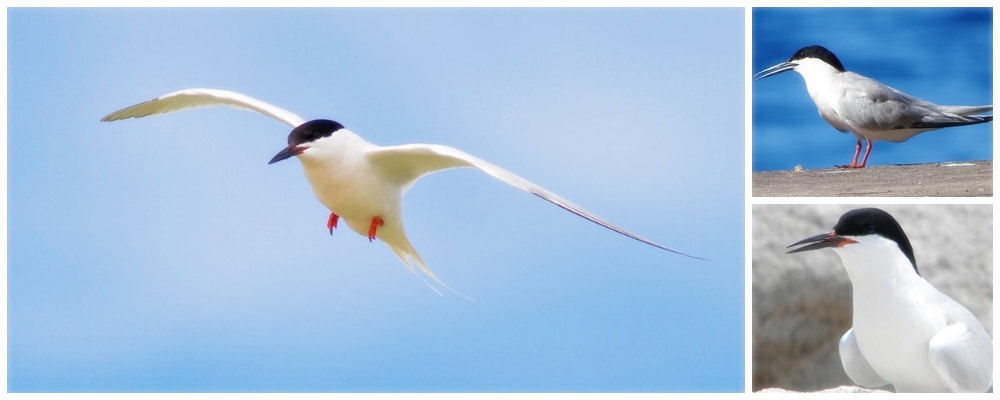
Family: Roseate terns belong to the family Laridae. Old English words “stearn” or “tern” are the origin of the genus name Sterna.
Size: In terms of size, Roseate Terns are about 350-380 mm in length. In comparison with the Least Tern, it is larger in size, but smaller in size than the Sandwich Tern and Royal Tern. It is therefore of the same size as a Common Tern and has a longer tail than the latter.
Identification: ADULTS: There is no difference between the sexes. During the breeding season, the crown is black from the bill and the eye to the nape. Both webs of the white-tipped outer primaries have broad dusky stripes on their backs and upper wings. Rump and tail with deep forks are white, and the outer streamers (feathers) of the tail are long and white. A rosy bloom appears on the underparts of life. The eyes are dark brown in color. Beginning at the base, Bill grades from all black to all red. Orange-red is the color of the feet. It has a white forehead, flecks on the crown, black feet, and a bill in non-breeding plumage. In mature plumage, the back and bend of the wing are mottled brown; the tail is squared and greyer than in non-breeding plumage. DOWNY YOUNGS: Hairy grey-buff, speckled dusky in color; white below; males slightly larger than females.
Voice: A Roseate Tern’s call consists of a harsh, guttural sound in alarm, followed by a soft tchu-ik in contact and a croaking rattle in nest defense.
Nest & Breeds: Breeding and nesting occur in small to large colonies high on low offshore islands in eastern Queensland from September to December, while in western Australia it occurs in either March or May or on both occasions, depending on the island. Depending on the habitat, nests may be scrapes in sand, coral, or rock, sheltered by shrubbery and bolstered with grass, seaweed, shells, and pebbles.
Eggs: Roseate Terns lay one or two eggs, each of which is pale green with spotted and blotched umber, sepia, and grey patterns; ellipsoidal, measuring about 38 x 29 mm in size. It takes both sexes approximately 23-25 days to complete the incubation period.
Distribution: A race of Australian rams can be found in Western Australian ram Carnac to Bedout Island, and in Queensland from Bunker Group to Torres Strait. This species is non-breeding along the west coast of northern New Guinea all the way down to southern New Guinea. A frequent visitor to coastal waters as well as the open sea.
In eastern North America, there are three other subspecies of this species in the southern Caribbean, British Isles, Denmark, North Africa, the eastern coast of Africa across the Indian Ocean, southeastern China, the Philippines to Solomon’s, and New Caledonia.
